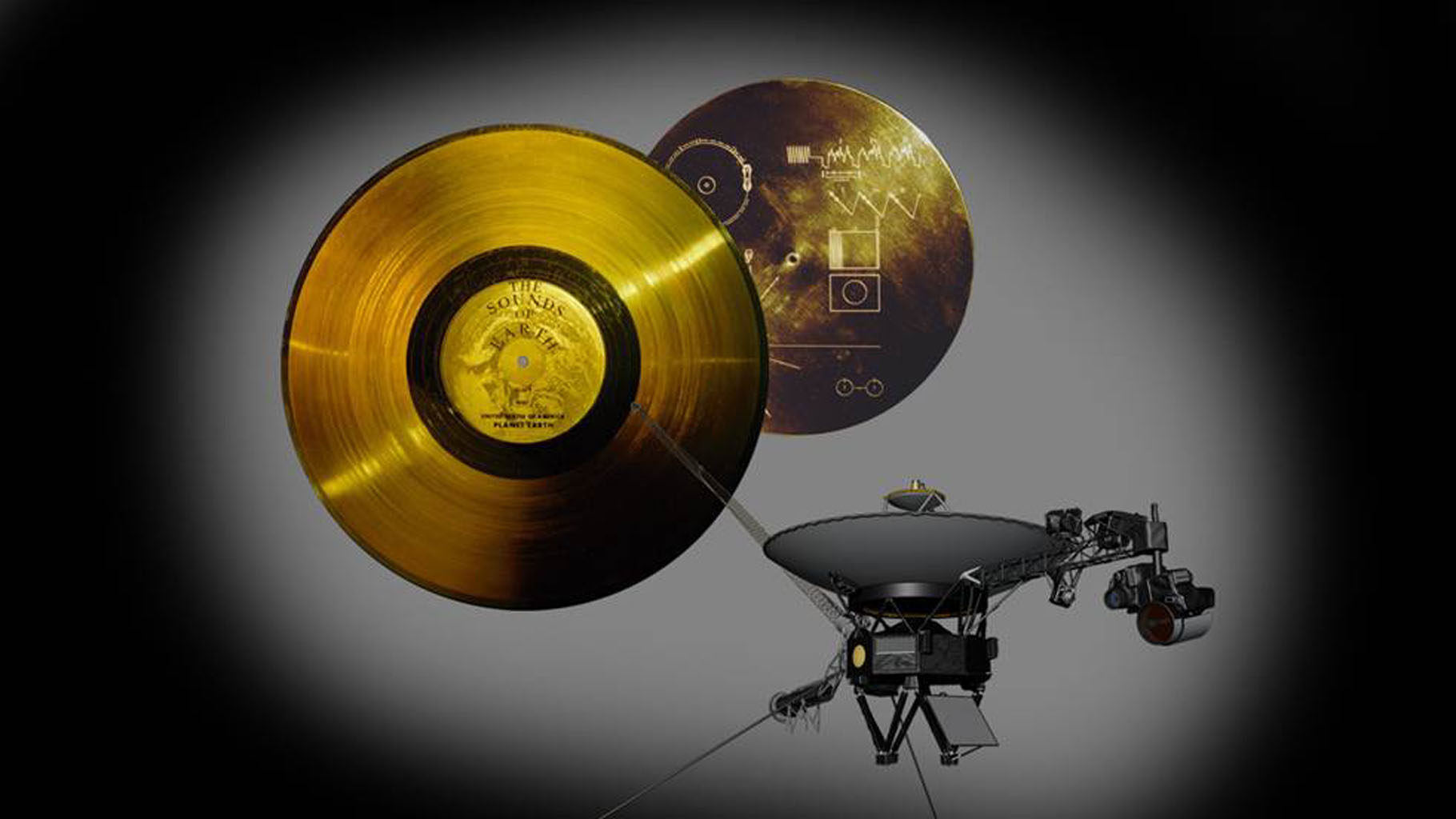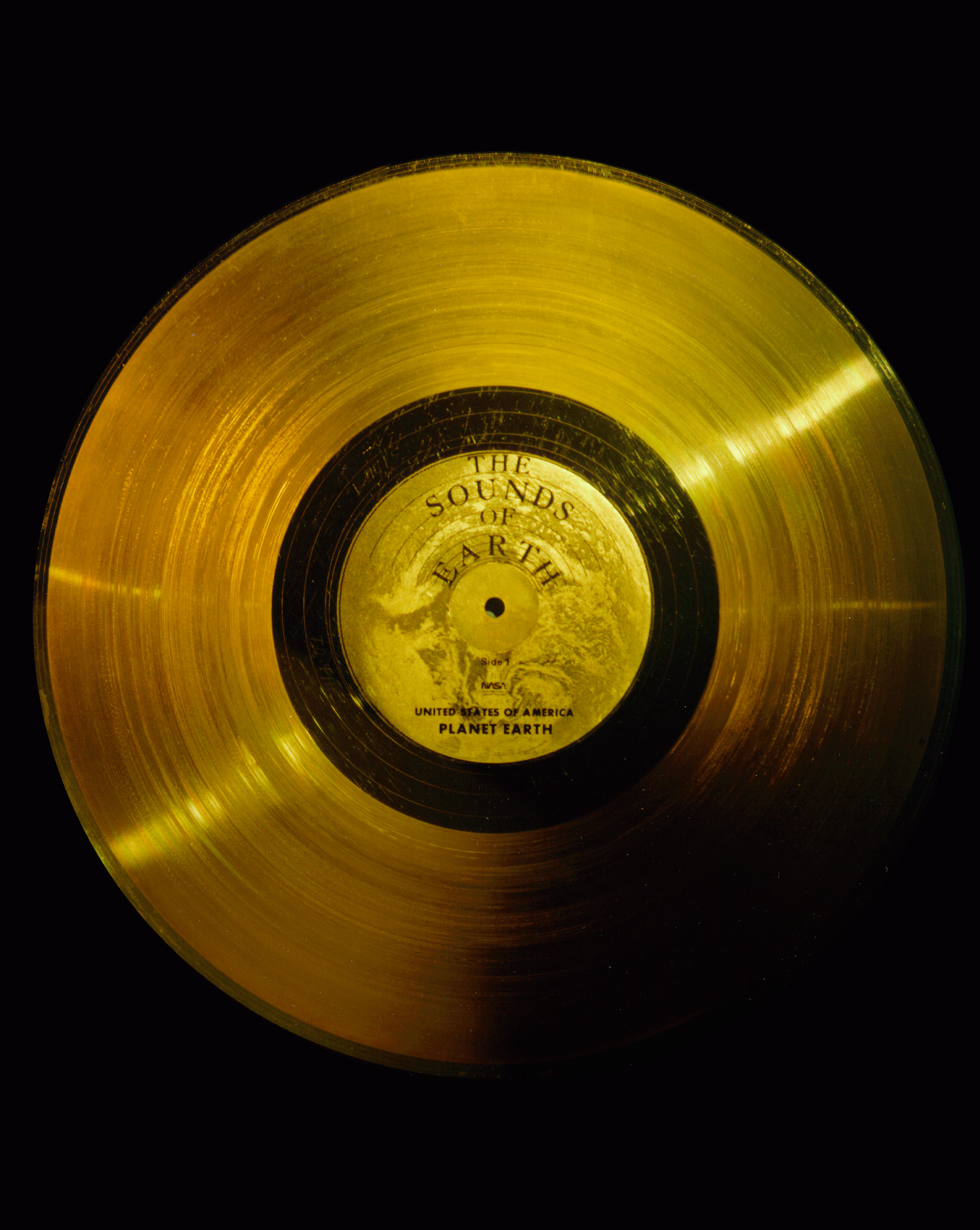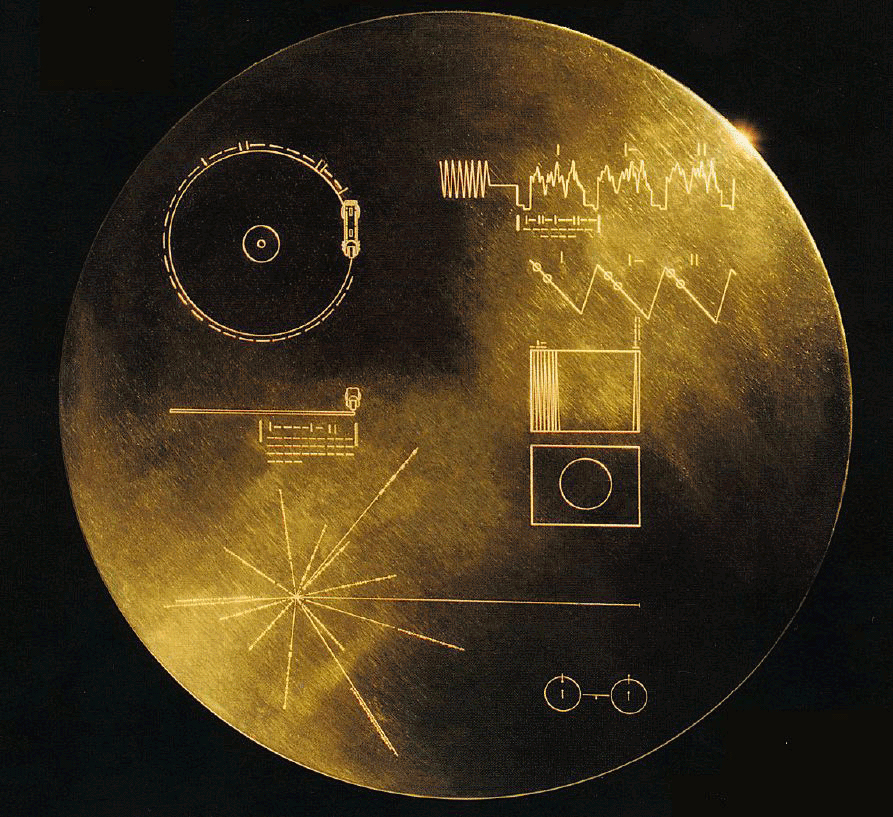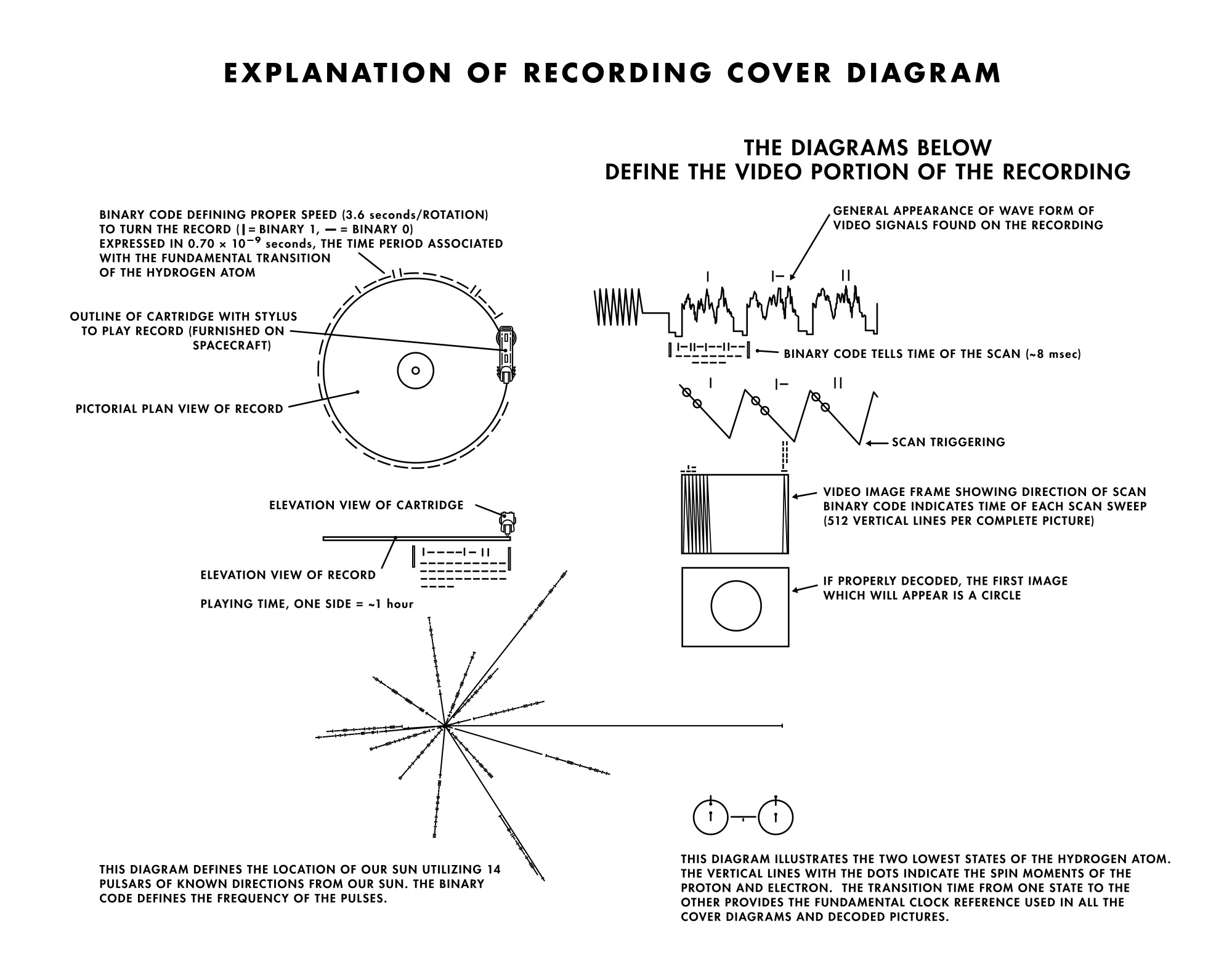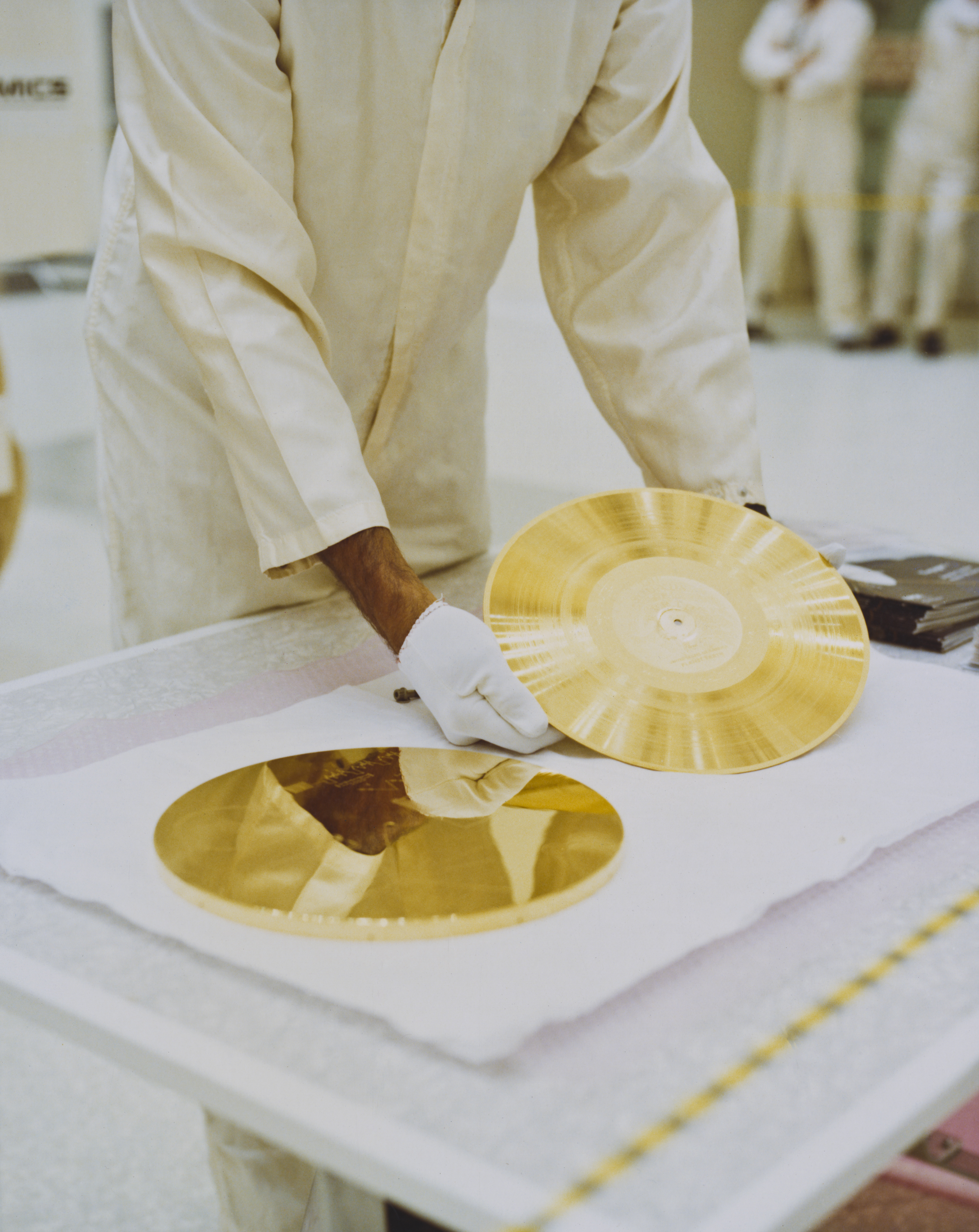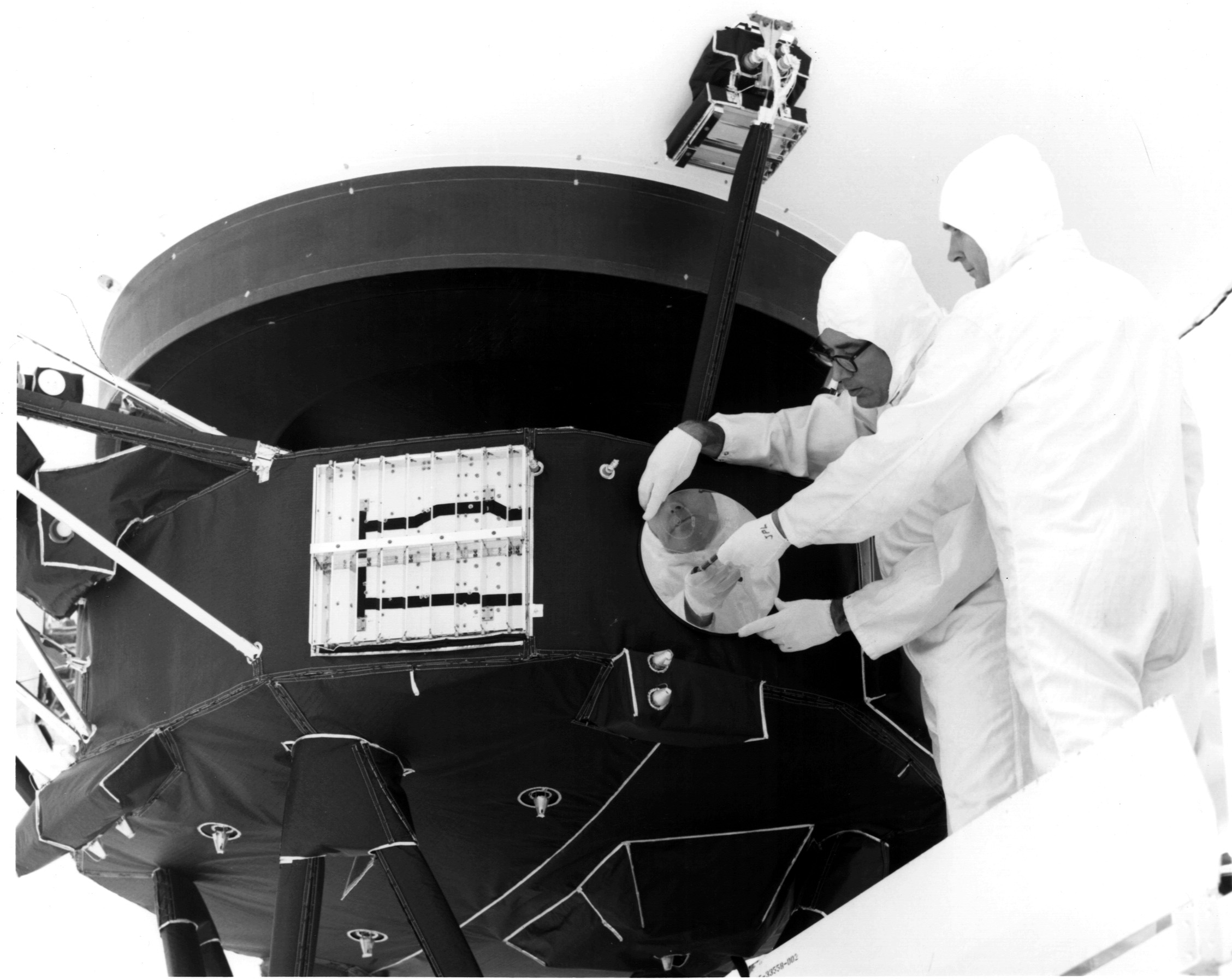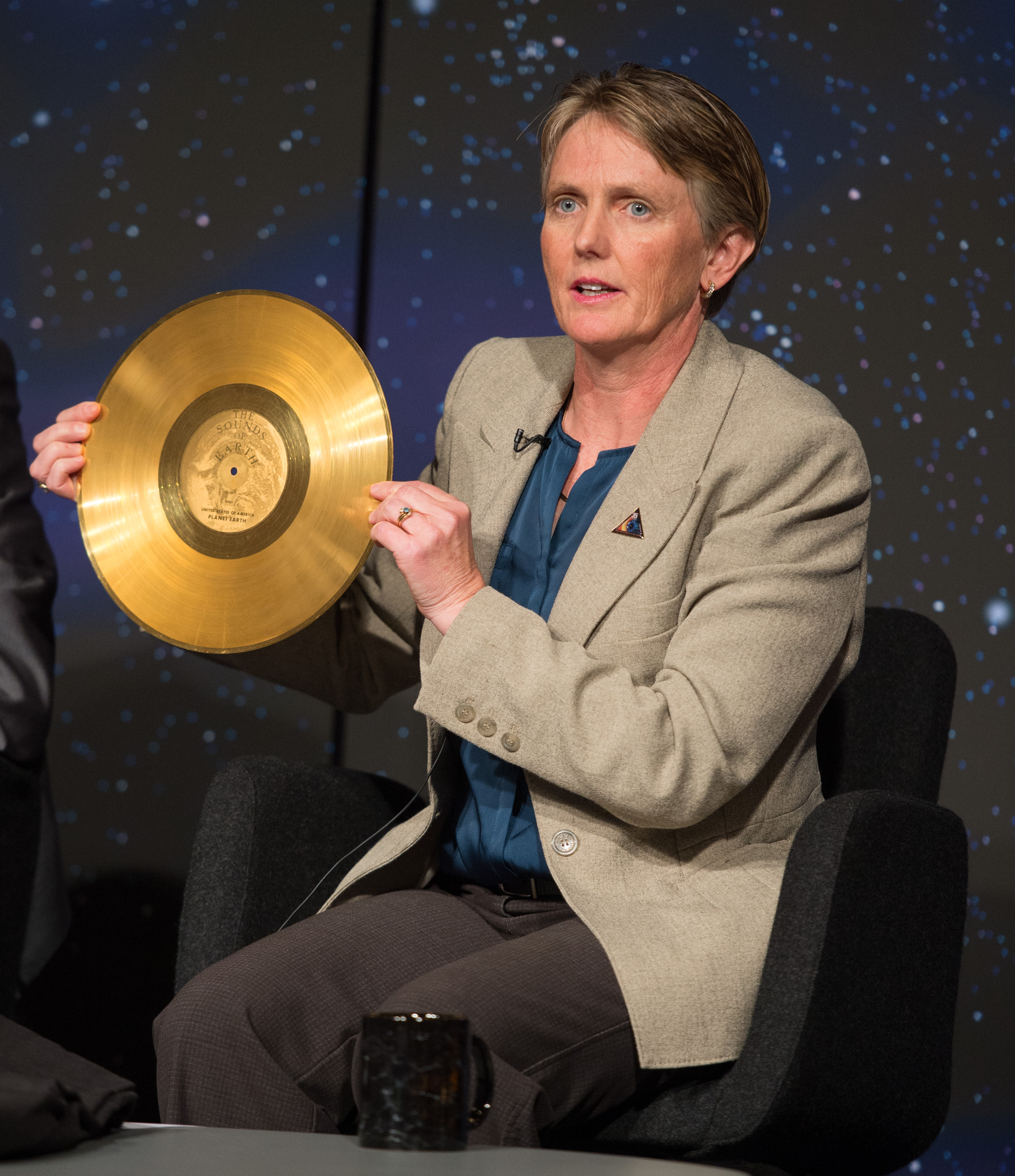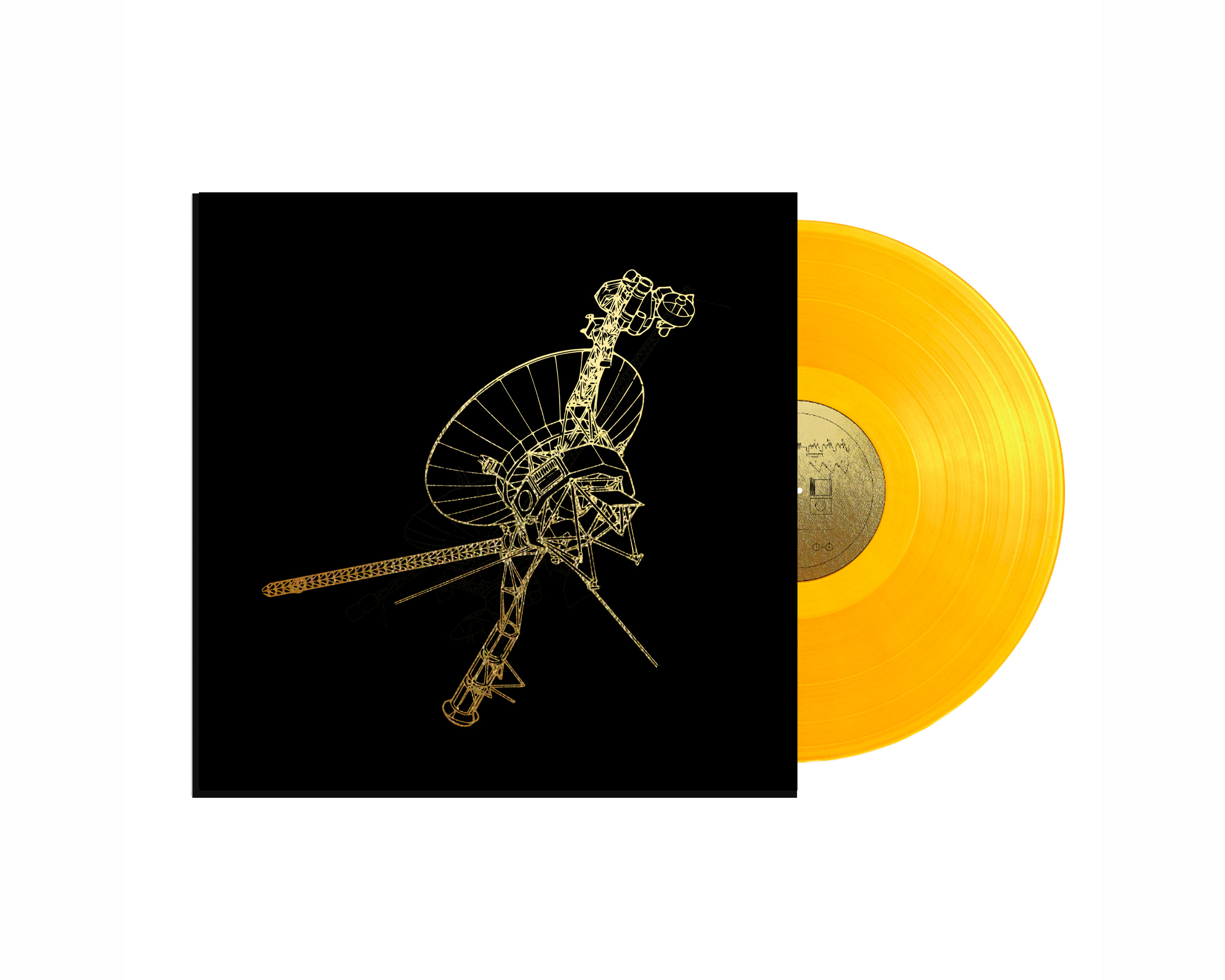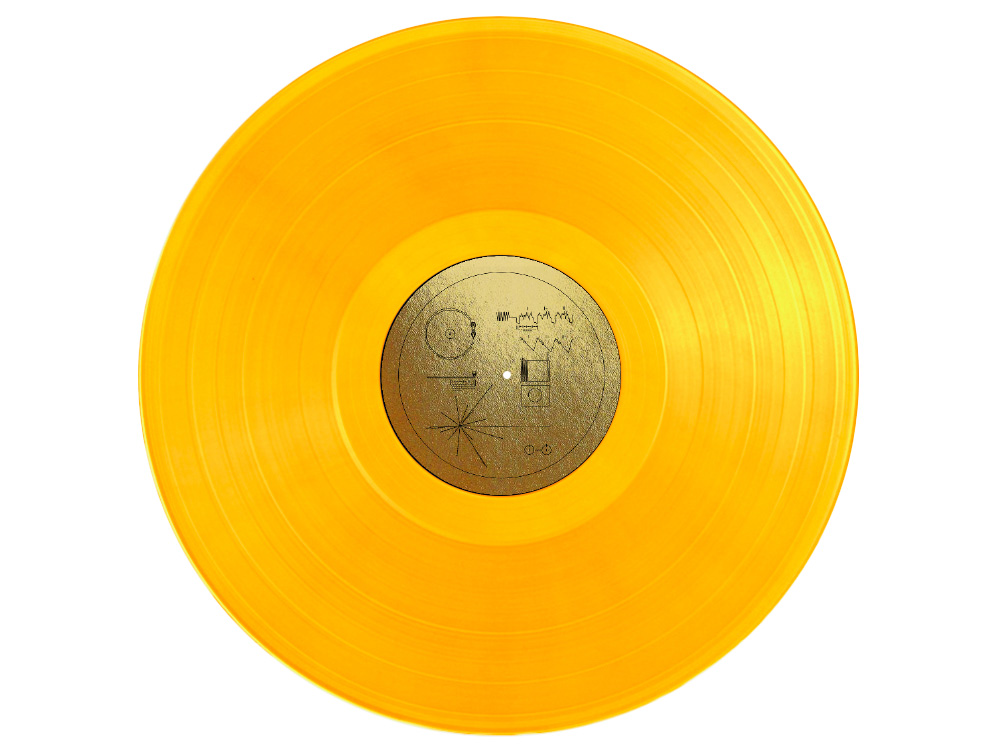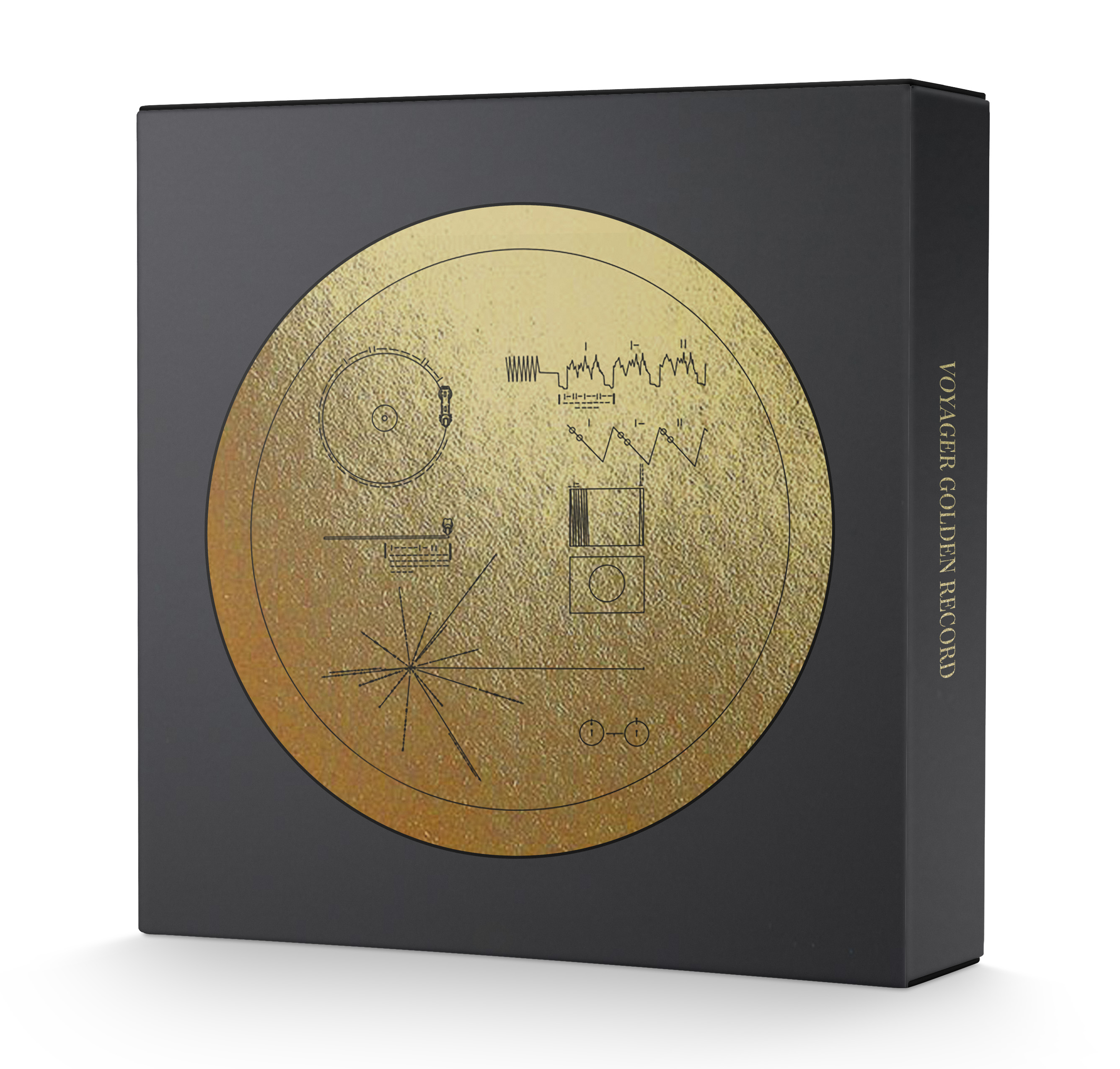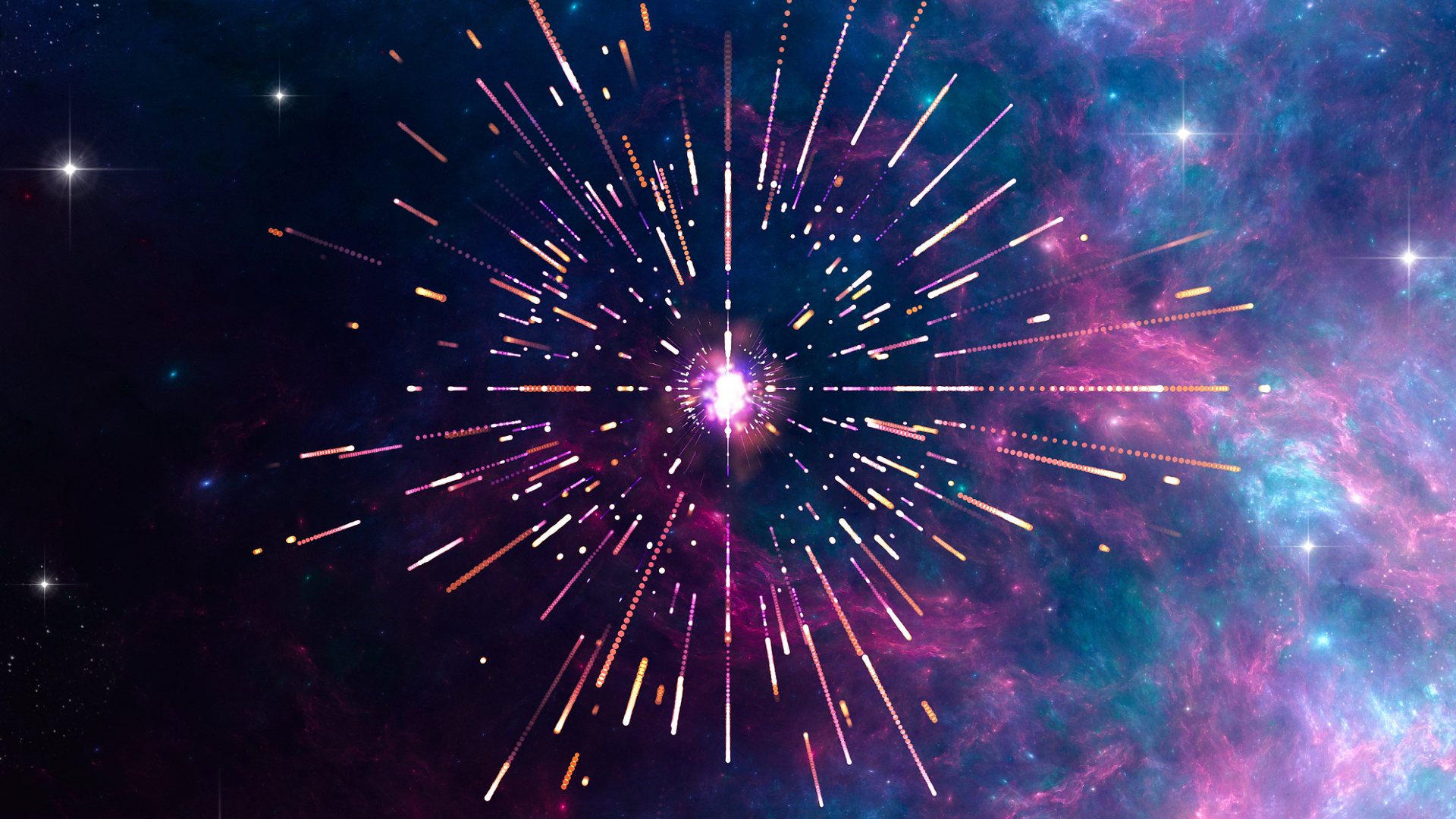The Golden Record in Pictures: Voyager Probes' Message to Space Explained
Voyager's Golden Record
NASA's twin Voyager spacecraft launched in August and September 1977. Aboard each spacecraft is a golden record, a collection of sights, sounds and greetings from Earth. There are 117 images and greetings in 54 languages, with a variety of natural and human-made sounds like storms, volcanoes, rocket launches, airplanes and animals.
The Sounds of Earth
The phonograph records aboard the Voyagers are 12-inch gold-plated copper disks. They contain natural sounds, greetings in 55 languages, and a variety of music from around the world.
Gold Inside and Out
A gold aluminum cover protects the golden record and provides illustrations explaining the recording and how to play it.
Explanation for Aliens
This chart explains the diagrams on the cover of the Voyager golden record. The instructions are meant to show extraterrestrials what the record is, where it came from, and how to use it.
Crafted by NASA and Carl Sagan
A Golden Record is prepared to be attached to NASA's Voyager spacecraft in 1977. NASA and a team led by Carl Sagan worked collaboratively to design the record and decide its contents.
Preparing for the Voyage
A gold-plated record with "The Sounds of Earth" is mounted onto the Voyager 1 spacecraft in 1977.
Only 10 Copies on Earth
Other than the two records on the twin Voyager spacecraft, only 10 copies exist. Here, Suzanne Dodd, Voyager project manager at NASA's Jet Propulsion Lab (JPL) holds a replica of the golden record at a news conference on NASA's Voyager 1 spacecraft in 2013 at NASA Headquarters in Washington.
Breaking space news, the latest updates on rocket launches, skywatching events and more!
Kickstarter Campaign
A Kickstarter campaign recreated the golden records to make them available to the public for the first time ever. Read our story about the campaign here.
The New Golden Record
The Voyager Golden Record replicas will be heavyweight, translucent gold vinyl LPs. The original Golden Record was gold-plated copper.
The Same Gold Cover
The Voyager Golden Record Kickstarter replica comes in a box with the original Golden Record's cover design.

Hanneke Weitering is a multimedia journalist in the Pacific Northwest reporting on the future of aviation at FutureFlight.aero and Aviation International News and was previously the Editor for Spaceflight and Astronomy news here at Space.com. As an editor with over 10 years of experience in science journalism she has previously written for Scholastic Classroom Magazines, MedPage Today and The Joint Institute for Computational Sciences at Oak Ridge National Laboratory. After studying physics at the University of Tennessee in her hometown of Knoxville, she earned her graduate degree in Science, Health and Environmental Reporting (SHERP) from New York University. Hanneke joined the Space.com team in 2016 as a staff writer and producer, covering topics including spaceflight and astronomy. She currently lives in Seattle, home of the Space Needle, with her cat and two snakes. In her spare time, Hanneke enjoys exploring the Rocky Mountains, basking in nature and looking for dark skies to gaze at the cosmos.
